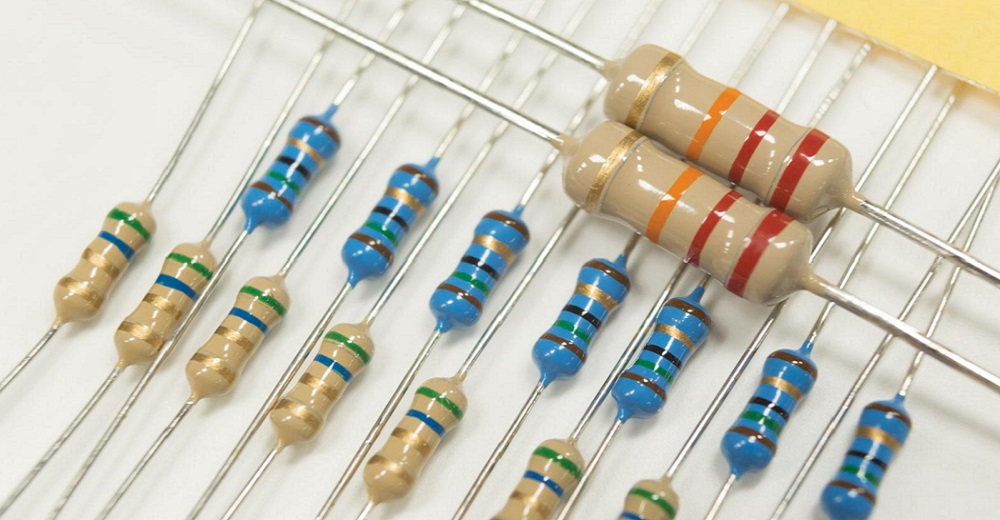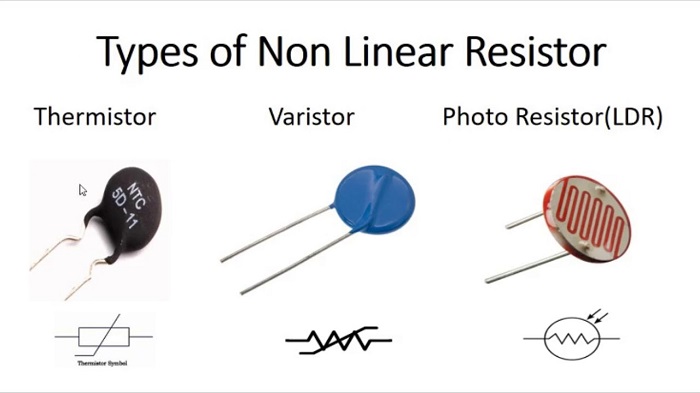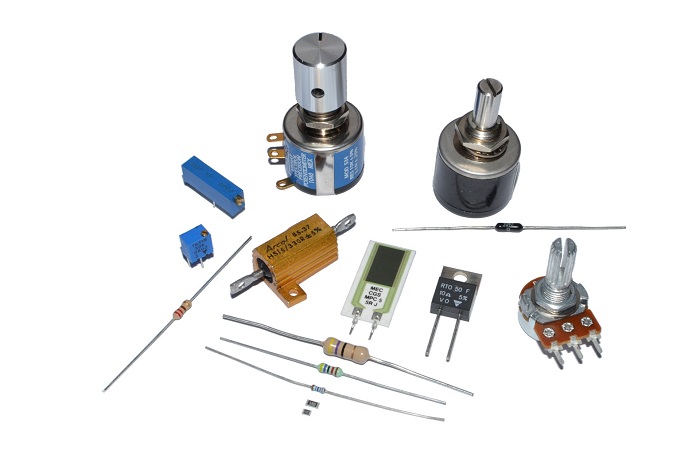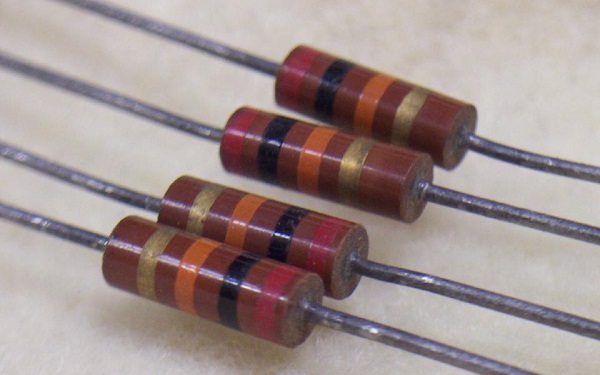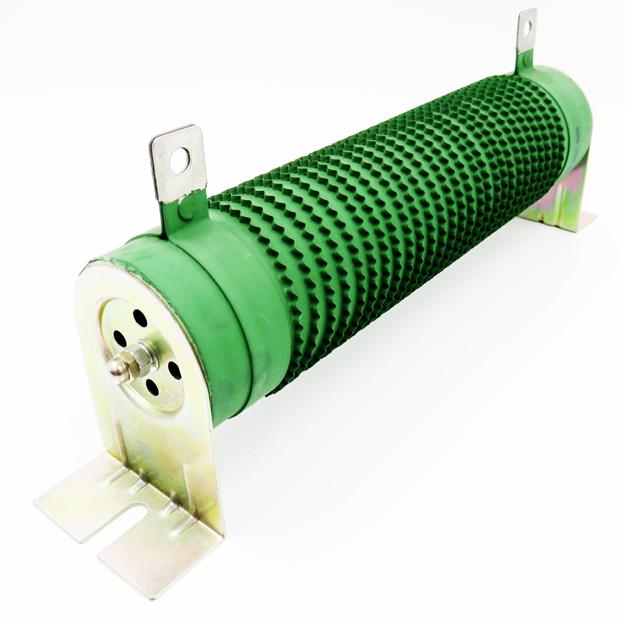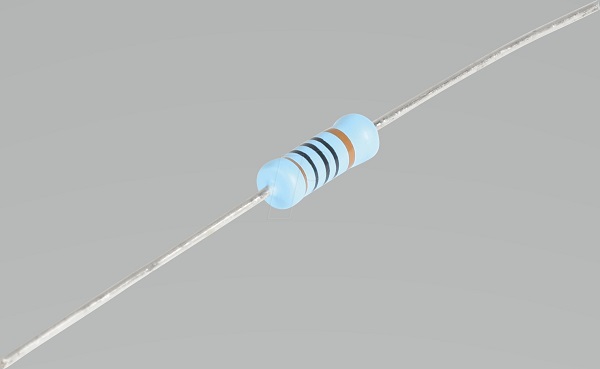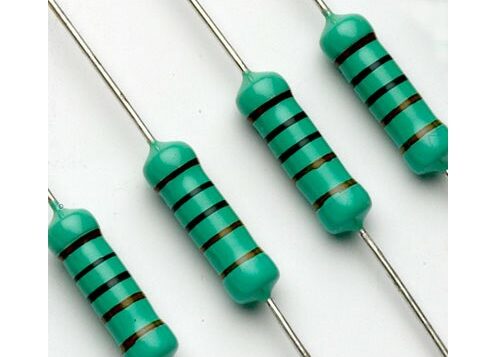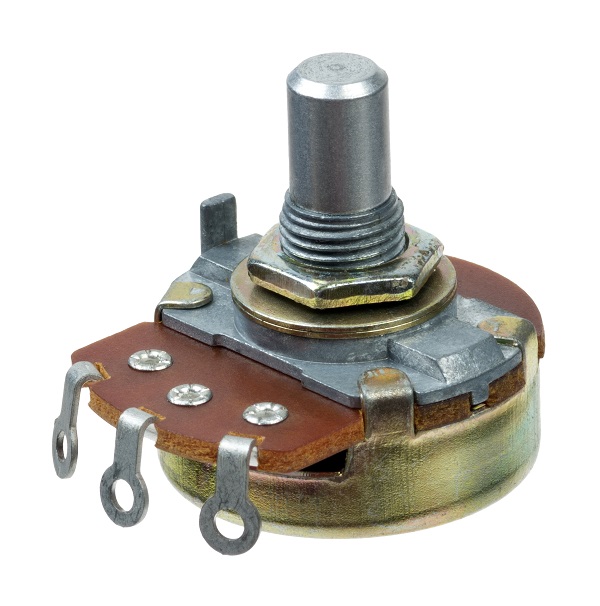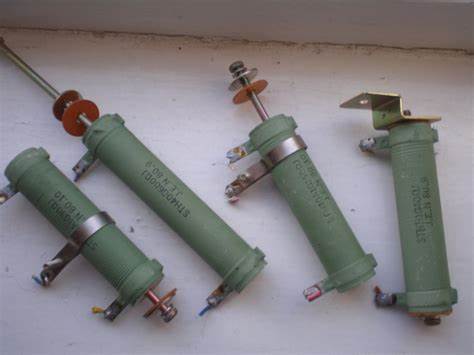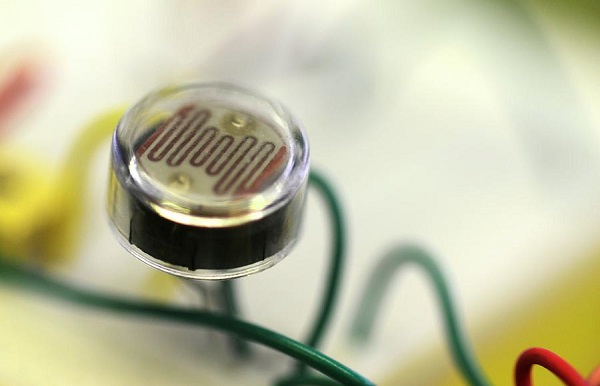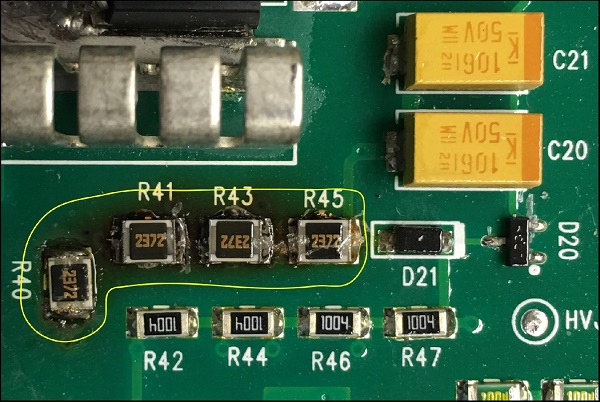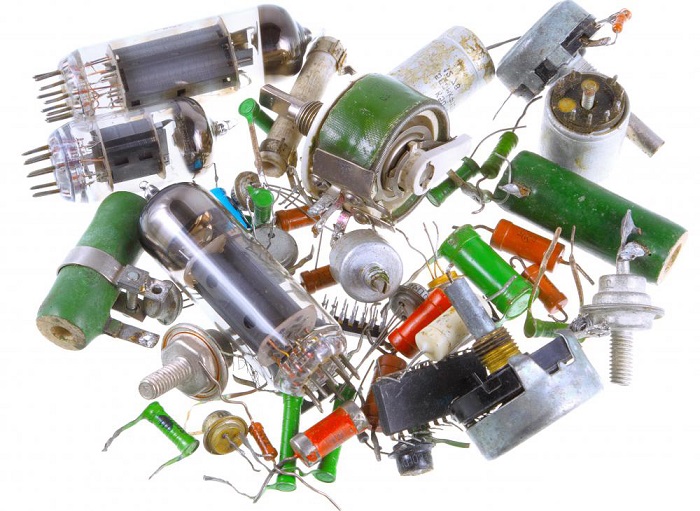A resistor is a device that prevents current from flowing. It is utilized in almost all electronic circuits. A resistor’s primary function inside an electrical or electronic circuit is to resist, regulate, or set the flow of electrons (current) by utilizing the sort of conductive material from which they are made. There are several types of resistors available. In this post from Linquip, you will learn about the types. Thank you for reading.
Types of Resistor
There are several types of resistors, each with its set of applications, features, and construction. They are manufactured in a variety of forms because their specific characteristics and accuracy suit certain areas of application such as high stability, high voltage, high current, and so on.
Resistors are classified into two kinds.
- Non-Linear Resistors
- Linear Resistors
Non-linear resistors vary from linear resistors in that their resistance value fluctuates in response to temperature, light, or voltage, as opposed to linear resistors, which obey Ohm’s Law. They may also be used to control the voltage of a current and are therefore forms of variable resistors. Nonlinear resistors are sometimes referred to as varistors. That is, if the flowing current through a resistor varies with variations in body temperature, these resistors are referred to as Thermistors. They are constructed from materials such as silicon carbides and zinc oxide.
Linear resistors are resistors whose values change as a function of applied voltage and temperature. In other words, linear resistors are resistors whose current value is precisely proportional to the applied voltage. There are two types of linear resistors.
- Fixed Resistors
- Variable Resistors
Fixed resistors have a single resistance value, whereas variable resistors (potentiometers) have an unlimited number of resistance values. Fixed resistors are made from a variety of resistor materials. Furthermore, a fixed resistor may be readily attached to the circuit and can handle higher voltages. They are, on the other hand, less stable, which means their temperature coefficient is quite high. In addition, they produce a small noise compared to other types of resistor.
Variable resistors have the general characteristic of allowing the resistance value to be adjusted. A mechanical movement is used to modify the majority of variable resistors. Potentiometers are what they’re called when they’re utilized as a variable voltage divider. They are referred to as rheostats when they are employed as a variable resistance to regulate the current in a circuit.
There are several fixed and variable resistor types, each with its unique features, benefits, and drawbacks.
Types of Fixed resistors
- Carbon Composition Resistors
- Wire Wound Resistors
- Thin Film Resistors
- Thick Film Resistors
Carbon Composition Resistors
This type of resistor is one of the market’s oldest components. These types of resistor were extensively used and are typically constructed of powdered carbon and ceramic combination. Although carbon composition resistors are still available on the market, they are typically more expensive and less used since other types of fixed resistors have more efficient specifications such as tolerance, voltage dependency, and stress thresholds.
Wire-wound Resistors
A wire-wound resistor is another type of resistor produced by winding an insulating core or rod around a resistive wire. These types of resistor are made of an insulated metal wire coiled around a non-conductive core made of ceramic, plastic, or glass. Metal wires are often made of extremely resistant alloys such as nichrome or Manganin.
These resistors, like carbon composition resistors, date back to the turn of the century, yet they are still frequently used. They can withstand high-power applications, remain stable at high temperatures, and provide long-term stability. They are, however, more expensive and cannot be used in high-frequency equipment.
Thin Film Resistors
Thin-film resistors are suitable for use in high-stability, high-precision, low-noise applications such as medical devices, audio equipment, and testing and measurement instruments.
Thick Film Resistors
Thick film resistors are manufactured in the same way as thin-film resistors, with the exception that there is a thick film around the resistive material rather than a thin film or layer of resistive material. That is why they are referred to as thick film resistors. These fixed resistors are often used in consumer electronics. They are built similarly to thin-film resistors, but employ thick layers of metal oxides or cermet oxides, as the name implies. These resistors are the most affordable and widely accessible. They are commonly found in any electrical equipment that uses a battery or an AC power source.
Fusible Resistors
These types of resistor provide two separate functions: they provide resistance to an electrical current and operate as a fuse to break the current if it overloads. Fusible resistors control current while also acting as a failsafe in the event of a power surge. They are built similarly to wire-wrapped resistors and are widely used in high-end electronic products such as television sets, amplifiers, and safety monitoring and management systems.
Types of Variable resistors
- Potentiometers
- Rheostats
Potentiometers
These types of resistor are often regulated by a dial or knob. They are made up of three terminals, with the resistance value being controlled by a moving contact linked to a control shaft. The voltage across the resistor can be increased or decreased by twisting the control shaft. They are frequently found in audio/visual equipment and transducers.
Rheostats
Variable resistors, also known as tapped resistors or variable wire wrapped resistors, employ a sliding contact to adjust the voltage. The core of the resistor is built in the same way as wire wound resistors are. These resistors, like potentiometers, are used to regulate voltage in audio/visual equipment and transducers.
Types of Non-Linear Resistors
- Thermistors
- Varistors
- Light Dependent
- Surface Mount
Thermistors
Thermistors are used in consumer electronics, vehicles, thermometers, and rechargeable batteries. They are used to detect minor temperature changes; when there is a temperature shift, no matter how little, the resistance value increases dramatically. They are two-terminal devices that are extremely temperature-sensitive. In other words, they are a sort of variable resistor that detects temperature changes. Thermistors are comprised of cobalt, nickel, strontium, and manganese oxide metals. A thermocouple’s resistance is inversely related to its temperature, which means that resistance increases as temperature decreases and vice versa.
Varistors
These types of resistor are constructed from semiconductor materials such as silicon and ceramic metal-oxides. The resistance value of these resistors changes with the circuit’s applied voltage. Varistors can resist high DC voltage applications and are frequently employed as transient voltage suppressors in telecommunication lines, radio communication devices, and power strips. Their properties make them excellent for use as over-voltage protection devices, and they are frequently employed as surge protectors.
Light Dependent Resistor
The resistance value of these resistors varies with light exposure, as the name implies. These resistors are employed in light sensors and measuring equipment, as well as in consumer electronics and photographic equipment. The resistance of a light dependent resistor varies with the intensity of the light falling on it. When not lit, this is comprised of cadmium sulfide, which holds a tiny number of electrons.
When a light beam strikes it, electrons are expelled, increasing the conductivity. As a result, it has low resistance when exposed to light and high resistance when exposed to darkness. When the intensity of the light rises, the resistance of light-dependent resistors or photoresistors decreases. They are frequently employed to distinguish bright or dark circumstances and are used to turn on street lights in the evening, for example.
Surface Mount Resistor
These resistors, also known as chip resistors, are installed directly onto PCBs, as opposed to other types of resistor, which are often mounted through-hole. This speeds up manufacturing and saves space on a circuit board. They are mostly utilized in the manufacture of computing equipment as well as other forms of technology.
You need to Keep in Mind the following things While Using Different Types of Resistor
Power Dissipation: Power dissipation is an important consideration when choosing a resistor. Always use a resistor with a lower power rating than the current being sent through it. As a result, choose a resistor with a power rating that is at least twice as high.
Temperature Coefficients: The most essential thing to remember when utilizing resistors is that they must be utilized at high temperatures or else the resistance will flow dramatically. The temperature coefficient of a resistor is classified into two types: negative temperature coefficient (NTC) and positive temperature coefficient (PTC).
When the temperature around the resistor increases due to a negative temperature coefficient, the resistance of the resistor decreases. With a positive temperature coefficient, resistance rises as the temperature around the resistor rises. As a result, the same idea applies to some temperature sensors, such as Thermistors.
Summary
Many different types of resistor may be utilized in electrical circuits. The characteristics of these many types vary based on their manufacturing and structure. Normally, resistors are divided into two types: linear resistors and non-linear resistors. You don’t need to care about the types of resistor you use in most typical circuits. All you need to be concerned with is the resistance number and the amount of power it can withstand. Do you think it’s hard to choose a resistor? If you have any questions on “Types of Resistor”, write your comments and questions by registering at Linquip. Do not forget to share this information with your friends.
Buy Equipment or Ask for a Service
By using Linquip RFQ Service, you can expect to receive quotations from various suppliers across multiple industries and regions.
Click Here to Request a Quotation From Suppliers and Service Providers
Read More In Linquip
- Variable Resistor∶ Learn The Basics, Get The Most out of It!
- Mastering Resistance Calculations: A Comprehensive Guide for Electrical Enthusiasts
- A Quick Guide to Resistor Color Code
- What Are Resistors for LED Circuits? (Clear Guide)
- What is Shunt Resistor? + Function & Applications
- Everything You Need to Know About Variable Resistor Function
- Variable Resistor Symbol։ Everything You Need to Know
- A Quick Guide to Resistor Sizes and Packages
- What is Pull-up and Pull-down Resistors? + Typical Application
- All You Need to Know About Guide to Resistor Values
- What is Braking Resistor? (A Practical Guide)

